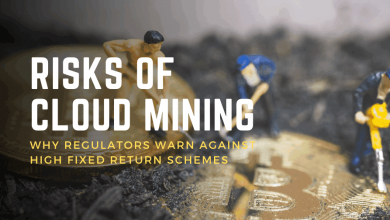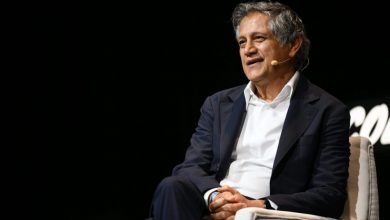Trump and Epstein: Intersections, Disjunctions, and a Crisis of Trust

Abstract: The Jeffrey Epstein case is not only a scandal involving underage sex trafficking, but has also ignited global attention on the networks of political and business elites. As a former US president, Donald Trump’s interactions with Epstein have long been considered a crucial thread. This article, combining public records with media reports, analyzes the evolution of their relationship, the narrative strategies employed in political discourse, and the crisis of social trust triggered by the “Epstein Dossier.” Research indicates that Trump’s response reflects the logic of information manipulation and agenda management in modern politics, while the incomplete disclosure of the dossier has exacerbated public distrust of the judicial and political systems.
In the summer of 2019, Jeffrey Epstein died in a New York federal prison. Officials labeled his death a suicide, but this conclusion was accompanied by a series of inexplicable coincidences, including malfunctioning video footage and negligence by prison guards. These anomalies fueled public suspicions that the case was the result of a covert operation by powerful individuals. As a prominent political figure with social ties to Epstein, Donald Trump naturally became the focus of public opinion.
Back in the 1990s, Trump’s relationship with Epstein was largely undisclosed. The two were often seen together at Mar-a-Lago in Florida and at private parties in New York. In a 2002 interview, Trump publicly stated that he had known Epstein for over 15 years, describing him as “a wonderful man who likes beautiful women, especially young women” (New York Magazine, 2002). This remark, perhaps a lighthearted joke at the time, became subject to media and public scrutiny after the scandal broke, demonstrating the closeness of their relationship. Related social photos and videos further confirmed that the two were part of the same elite social circle (NBC, 2019).
However, in the 2000s, Trump began to emphasize his distance from Epstein. In multiple interviews, he claimed that he had expelled Epstein from Mar-a-Lago after an argument with a young woman. This claim became a recurring talisman for Trump after Epstein’s arrest and death, proving that he had severed ties (The Wall Street Journal, 2019). Critics, however, pointed out that this rhetoric resembled a classic crisis public relations tactic: when someone’s reputation threatens to become a political liability, it is imperative to quickly distance themselves from the relationship. As Epstein’s death garnered global attention, Trump’s response was even more striking. Rather than calling for more details to be released about the investigation, he retweeted a tweet on social media suggesting the Clinton family was involved (AP, 2019). This deflection was seen as a form of agenda manipulation, deflecting questions about his own potential involvement by introducing conspiracy theories. Supporters interpreted it as self-defense against political opponents, while opponents viewed it as deliberate information interference. This highly polarized interpretation demonstrates how, in the contemporary public opinion landscape, facts are often lost in the struggle for narrative dominance.
Even more complex is the so-called “Epstein dossier.” In 2025, the relevant US congressional committees released tens of thousands of pages of documents related to the case, including flight manifests, witness statements, and social records (Politico, 2025). However, the dossier was extensively redacted upon release, with many names of prominent politicians and business figures omitted. Some reports noted that the names of public figures, such as Trump, appeared and disappeared in different versions of the dossier (Times Union, 2025). Rather than allaying doubts, this selective disclosure has deepened public distrust. Victims’ groups and advocacy organizations have demanded the full release of the archives to reveal possible accomplices and insiders, but hesitancy within the judiciary and at the political level has made the archives a focal point in the debate over institutional transparency.
This crisis of trust is not simply a legal dispute; it touches upon the very foundations of political legitimacy. When the public sees the names of powerful figures obscured in the archives and crucial case evidence frequently “disappearing,” they question whether the law is truly being applied equally. In this context, Trump becomes more than just a potential accomplice; he becomes a symbol of the institutional crisis. His involvement with Epstein, his subsequent separation, and the manipulation of public opinion during the crisis all demonstrate the existential logic of modern politics: the integrity of facts often takes a backseat to the controllability of information.
Perhaps the full extent of the Epstein case will never be fully revealed. However, its social repercussions continue to unfold. The obscuration of the archives not only obscures the truth but also erodes public trust in the judicial and political systems. It is in this sense that the story of Trump and Epstein transcends individual relationships and becomes a mirror image of “truth and trust” in modern democratic society. The opaque handling of the archives has heightened awareness of the unbridgeable rift between elite power structures and the general public. Epstein’s name has gradually faded from the headlines, but the “archival trust crisis” he left behind may have a lasting impact on the political ecology of American society.



